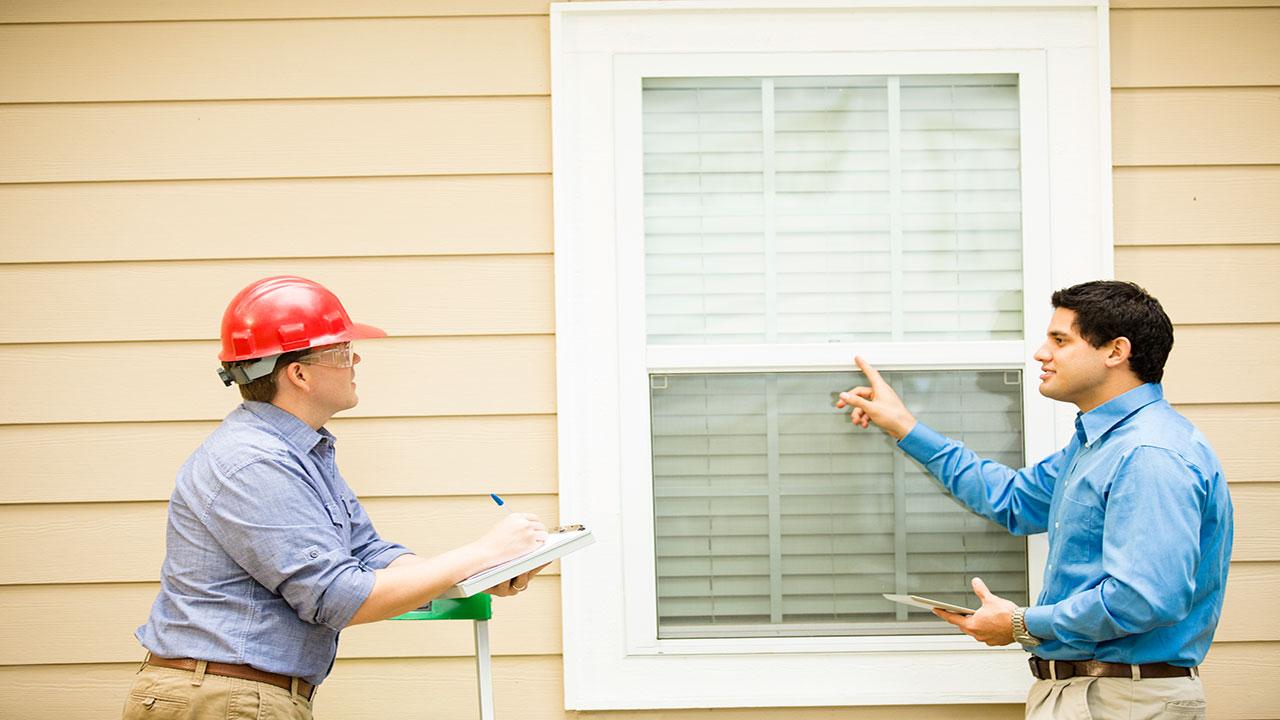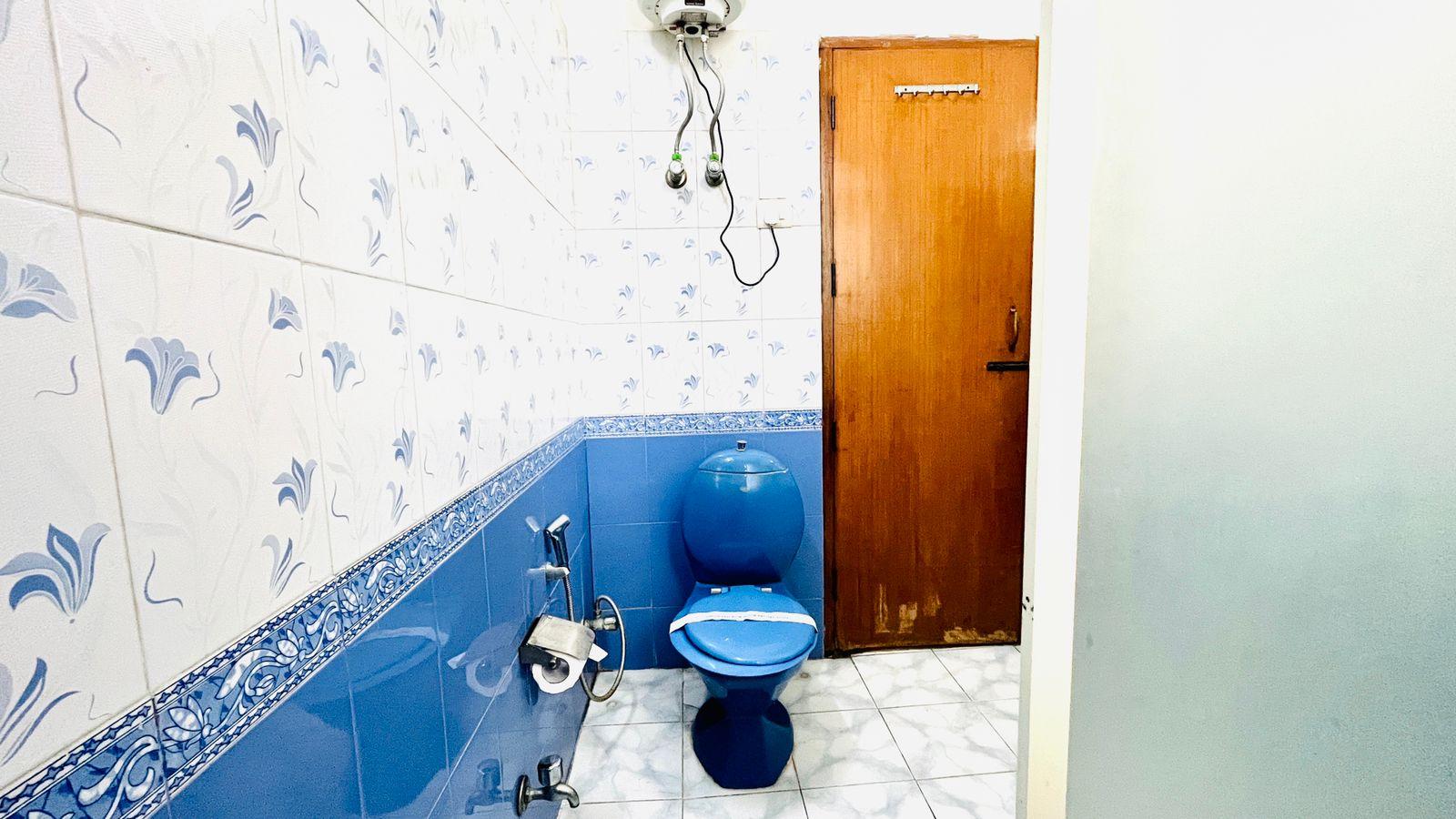If you’re reading this, you’re probably interested in learning more about air quality inspection. As we spend most of our time indoors, the quality of the air inside our homes and workplaces has a big impact on our health and comfort. In this guide, I’ll walk you through everything you need to know about Air Quality Inspection – what it involves, why it’s important, what to look for, and how to interpret the results.
What is Air Quality Inspection?
Air Quality Inspection refers to the process of checking the indoor air in a building for pollutants and assessing the overall air quality. The goal is to identify any issues or risks related to poor indoor air quality (IAQ) and recommend solutions for improvement.
IAQ inspections check for:
- Levels of common indoor air pollutants like mold, radon, particulate matter, volatile organic compounds (VOCs), carbon monoxide, etc.
- Ventilation system performance
- Moisture issues
- Sources of odors or contaminants
- Other parameters like temperature, humidity and air pressure
By detecting problems early, Air Quality Inspection helps prevent long-term issues like mold growth, sickness from poor IAQ, and increased energy costs from inefficient ventilation. It provides peace of mind that the air you’re breathing is clean and safe.
Why is Air Quality Inspection Important?
We spend up to 90% of our time indoors, so the quality of indoor air has a major impact on our comfort, health, and productivity. Here are some key reasons why Air Quality Inspection is so important:
Health
Poor IAQ can cause or worsen respiratory issues like asthma and allergies, as well as headaches, fatigue, and other symptoms. Unhealthy air is estimated to cause thousands of deaths per year in the US alone. Air Quality Inspection helps identify issues early before they cause major health problems.
Mold Prevention
Excess moisture enables mold growth in buildings. An IAQ assessment can detect high humidity levels and moisture issues (like leaks) that need to be addressed before mold takes hold. Fixing these proactively prevents costly mold infestations.
Energy Efficiency
Proper ventilation helps remove indoor pollutants and excess moisture. An inefficient ventilation system causes poor IAQ and higher energy bills. Checking system performance ensures it’s working optimally.
Peace of Mind
Knowing your indoor air is clean and safe provides peace of mind. IAQ testing gives objective data on any risks present so you can take action and breathe easier.
Air Quality Inspection delivers major benefits by ensuring the air inside buildings is healthy to breathe and avoiding problems down the road. It’s a smart proactive measure for better IAQ.
What’s Included in an Air Quality Inspection?
A comprehensive IAQ inspection consists of several components to evaluate the full picture. Here are the key elements:
Interview
The process starts with an interview to understand concerns about IAQ, history of the building, current maintenance practices, etc. This helps the inspector know what to focus on.
Visual Inspection
All accessible areas of the building are visually examined for water damage, leaks, dirt or dust buildup, pest issues, ventilation problems, and other red flags. Photographs document any problems found.
Air Testing
Various air samples are collected and analyzed for pollutants like mold, radon, VOCs, particulates, carbon monoxide, and more. Sophisticated instruments are used to get accurate readings.
Ventilation Assessment
The system moving air in and out of the building is inspected for cleanliness, airflow, balancing between rooms, outdoor air exchange rate, and proper operation.
Moisture Assessment
Moisture meters check for elevated humidity and damp conditions favorable to mold, while infrared cameras identify moisture issues in walls, ceilings, and other hidden areas.
Odor Assessment
The sources of any unusual odors reported are tracked down, like musty smells signaling mold growth.
Recommendations
Once all the testing is complete, the inspector summarizes the results and provides recommendations to correct any issues found and improve IAQ.
Follow-up inspections may be done after repairs to verify problems have been properly fixed.
What to Look for in an Air Quality Inspection Company
If you’re considering having an IAQ inspection done, it’s important to choose an experienced company. Here are the top qualities to look for:
NACHI Certification
The National Association of Certified Home Inspectors (NACHI) provides training and certification specifically for indoor air quality. Companies with NACHI certified inspectors follow best practices.
Experience
Look for an established company with several years or more performing IAQ tests. They’ll have the knowledge to pinpoint issues accurately.
Proper Equipment
Advanced meters, probes, sampling devices, and cameras are needed to assess IAQ thoroughly. Make sure the company uses professional grade equipment and keeps it all properly calibrated.
Laboratory Analysis
Air samples should be sent to an accredited lab for analysis, not analyzed on-site. This ensures accuracy.
Detailed Reporting
A comprehensive inspection report detailing all the test results, findings, and recommendations is essential. Make sure the company provides this documentation.
Certifications
Additional certifications like Residential Indoor Air Quality Investigator (RIAQ) also indicate proper training and qualifications.
Doing some research before choosing an IAQ inspection company helps ensure you get accurate, high-quality testing and actionable results.
Interpreting Air Quality Inspection Results
Once the IAQ inspection is complete, you’ll receive a detailed report with all the findings and measurements. But what do all the numbers, figures, and technical terms mean? Here’s a quick guide to interpreting the most common IAQ testing results:
Mold Levels
Mold spores are measured in spores/cubic meters of air (spores/m3). The report will list the types and concentrations found. Levels above 1000 spores/m3 indicate a potential issue needing remediation.
Radon
This cancer-causing gas is measured in picoCuries/Liter of air (pCi/L). The EPA action limit is 4 pCi/L – radon levels above this should be mitigated.
VOCs
VOCs (chemical fumes) are measured in micrograms/cubic meter (μg/m3). Increased levels of certain VOCs can cause eye and respiratory irritation or other symptoms.
Particulates
Measured in micrograms/cubic meter (μg/m3), elevated particulate levels indicate issues like dirtiness, dust, or smoke. Levels above 15 μg/m3 are problematic.
Carbon Monoxide
CO is measured in parts per million (ppm). Any detection indicates improper combustion from a fuel-burning device that must be fixed immediately.
Ventilation Rate
Shown in cubic feet per minute (cfm), this quantifies the air exchange rate. Below ASHRAE standard levels indicates insufficient fresh air.
Humidity
Measured as relative humidity (% RH). Consistently above 60% RH promotes mold growth and should be reduced.
With the right expertise interpreting your IAQ testing results, you’ll know exactly where your air quality stands and the best steps to take for improvement.
Take Action for Healthier Indoor Air
Clean, fresh indoor air is vital for comfort, health, and productivity. An Air Quality Inspection gives you valuable information about your indoor environment and how to optimize it. By being proactive about IAQ testing and addressing any problems found, you can breathe easier knowing the air you spend most of your time in is safe and healthy.
I hope this guide has helped explain the essential process of checking and improving your indoor air quality. Let me know if you have any other IAQ questions! Wishing you many happy breaths in your home or office.
















